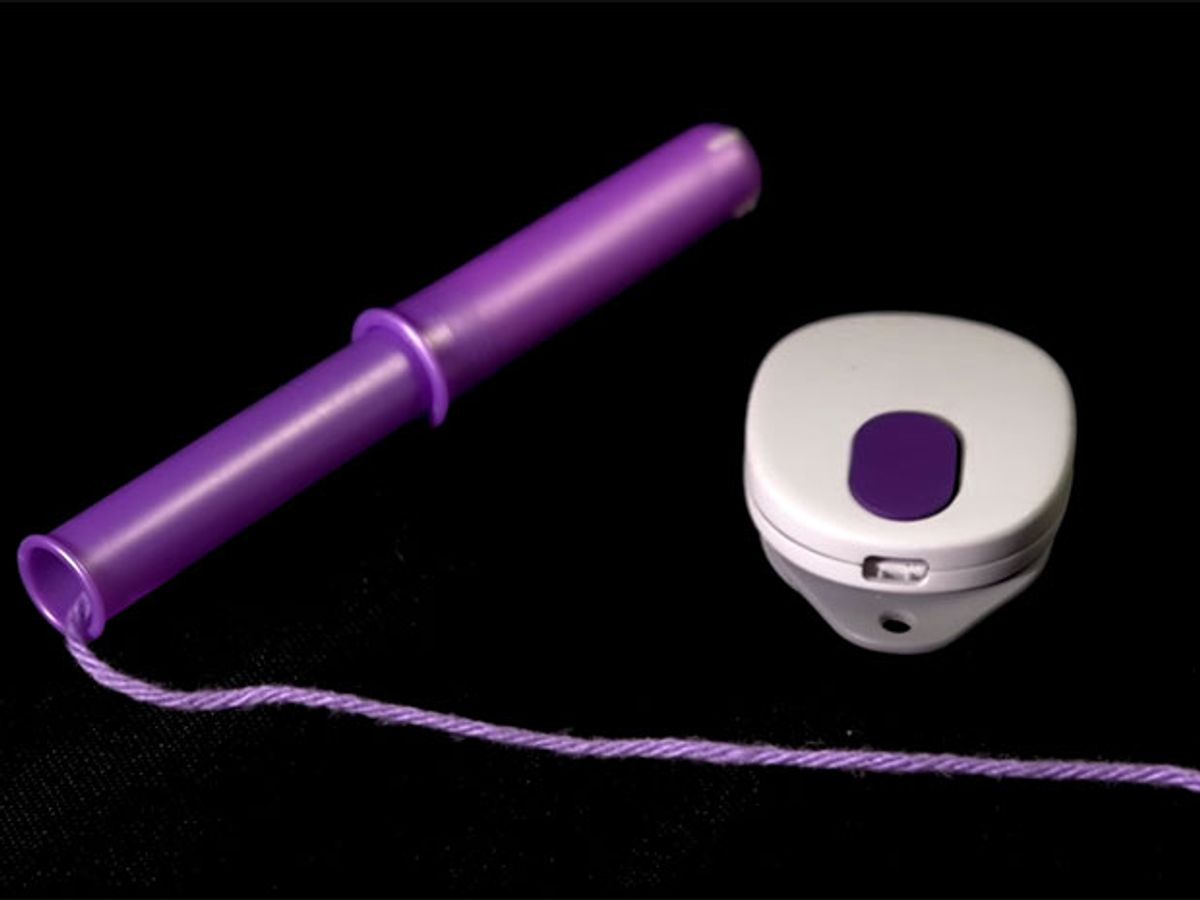Two startup companies launching products this month are aiming to prevent overflow accidents and other damp discomforts by bringing certain absorbable products onto the Internet of Things. The founders of Sensassure, coming out of the Highway 1 hardware accelerator, thinks its adult-diaper-sensor will make life cleaner and easier for seniors in nursing homes. And the founders of My.Flow, coming out of the HAX hardware accelerator, think its time women had better information about when to change their tampons.

Let’s start with the diaper. Sensassure has developed “Talli,” a reusable strip that attaches to the outside of standard commercial diapers or adult briefs and communicates when the incontinence product becomes wet, using a non-contact method of moisture sensing that cofounder Tim Ahong says, for now, is top secret. That’s huge, cofounder Sameer Dhar says, because adults with dementia can’t necessarily report that they need a change, and therefore are either checked needlessly or sit with a wet diaper until the next scheduled check.
The company is targeting nursing homes; Ahong and Dhar say they spent a full year literally living in nursing homes in order to understand that market; you have to give them credit for doing their homework. They expect to offer the system—the detection strips and tracking software—for $1 per patient per day. They plan to add turn monitoring (for bedsore protection), fall detection, and other features to future versions.
Now, about that tampon...
The problem My.Flow is trying to solve is similar to the diaper problem—a full tampon is not a good thing; neither is changing it too often needlessly. It also might be useful to have a better sense of monthly flow and changes to it.
But My.Flow has two big problems. First is the way it works. The tampon itself doesn’t contain electronics—that’s a good thing. But, to be monitored, that means the tampon string has to be inserted into a gadget designed to clip onto a belt, the gadget does the sensing and communicates to a mobile device.
Uh, no. Just no. That is not going to catch on. The other problem is cost. The belt pack comes in at $49; that’s fine. But the compatible tampons are planned to retail for $11 for a box of 20; that’s more than twice the cost of dumb tampons, not the slight premium the company touts.
This product, however, might not be a dead end for My.Flow; company founder Amanda Brief says the long term plan is to design a version to use for medical testing; in that application, the string and price might not be such obstacles.
Tekla S. Perry is a senior editor at IEEE Spectrum. Based in Palo Alto, Calif., she's been covering the people, companies, and technology that make Silicon Valley a special place for more than 40 years. An IEEE member, she holds a bachelor's degree in journalism from Michigan State University.



